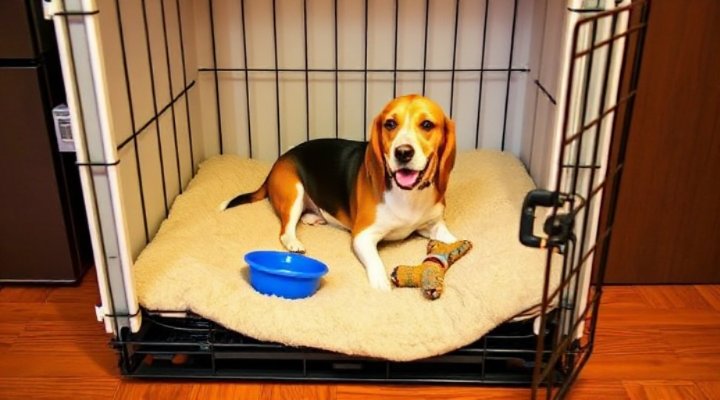House training an adult dog may seem daunting, but with the right approach, it’s absolutely achievable. Unlike puppies, adult dogs have better bladder control, but they may come with established habits that need reshaping. The key lies in understanding your dog’s needs and creating a consistent routine.
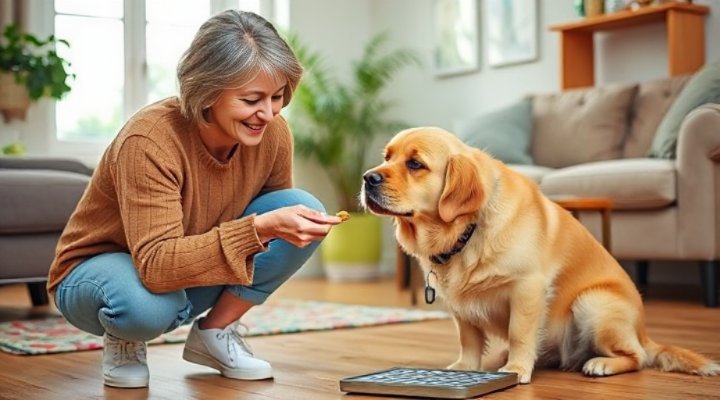
Understanding Your Adult Dog’s Needs
Before beginning house training, it’s crucial to understand why your adult dog might be having accidents. Common reasons include:
- Previous lack of proper training
- Medical issues (always consult your vet first)
- Anxiety or stress
- Territory marking behavior
For example, when I adopted my 3-year-old rescue dog Max, he had frequent accidents. After ruling out medical causes with our vet, we implemented the strategies outlined in our Top Dog Training Techniques article, which made a world of difference.
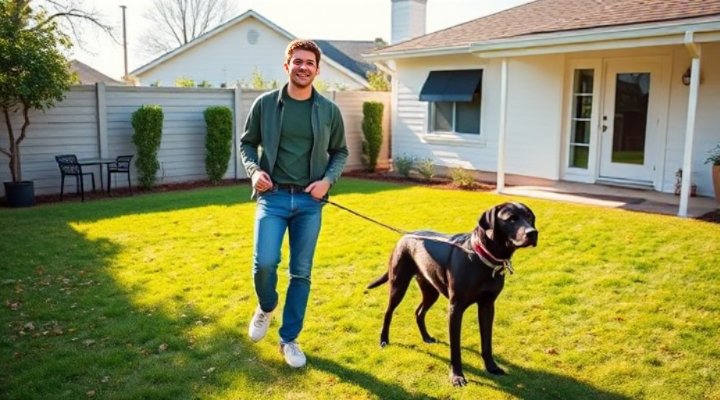
Establishing a Consistent Routine
Consistency is the cornerstone of successful house training. Adult dogs thrive on routine, so establish set times for:
- Morning bathroom break (first thing after waking)
- Post-meal potty trips (about 20-30 minutes after eating)
- Pre-bedtime relief
- Regular intervals throughout the day
The Crate Training Adult Dog guide on our site offers excellent supplementary techniques for establishing this routine.

Positive Reinforcement Techniques
Positive reinforcement is scientifically proven to be the most effective training method. When house training an adult dog:
- Immediately reward successful outdoor elimination with treats and praise
- Use a consistent verbal cue like “go potty”
- Keep training sessions short and positive
- Never punish accidents – this creates anxiety
According to the American Veterinary Society of Animal Behavior, punishment-based methods can actually hinder house training progress.
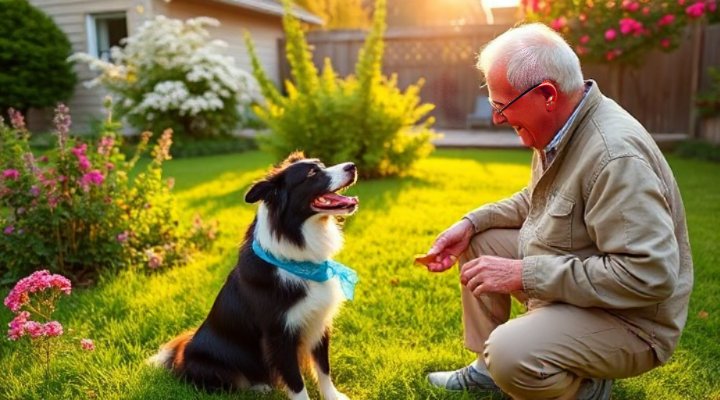
Managing Accidents Properly
Accidents will happen during the house training process. When they occur:
- Clean thoroughly with enzymatic cleaner (regular cleaners don’t remove the scent markers)
- Don’t scold – dogs don’t connect punishment with past actions
- Increase supervision and frequency of bathroom breaks
Our How to Train My Dog to Stop Barking article shares similar positive reinforcement principles that apply to house training.
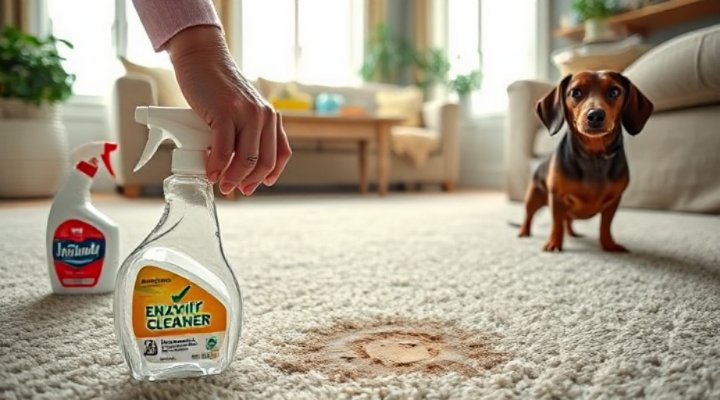
Patience and Persistence Pay Off
Remember that house training an adult dog takes time. Some dogs may learn in a few weeks, while others need several months. Factors like the dog’s history, age, and your consistency all play roles. The How to Train My Dog at Home guide offers additional tips for creating a training-friendly environment.
Most importantly, celebrate small victories and maintain a positive attitude. Your patience and consistency will help your adult dog become a well-adjusted, house-trained companion.
Related Keywords: adult dog potty training, housebreaking older dogs, retraining adult dogs, dog behavior modification, positive reinforcement training

